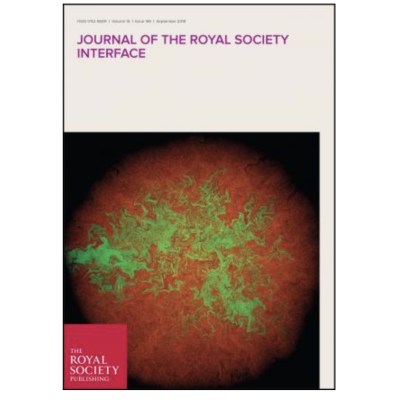Publication
Labile Hemoglobin as a Glycemic Biomarker for Patient-Specific Monitoring of Diabetes: Mathematical Modelling Approach
O. León-Triana, G.F. Calvo, J. Belmonte-Beitia, M. Rosa Durán, J. Escribano-Serrano, A. Michan-Doña, V.M. Pérez-García
Journal of the Royal Society Interface, 15(142), 20180224 (2018)
MOLAB authors
Abstract
Diabetes mellitus constitutes a major health disease and its clinical presen- tation and progression may vary considerably. A number of standardized diagnostic and monitoring tests are currently used for diabetes. They are based on measuring either plasma glucose, glycated haemoglobin or both. Their main goal is to assess the average blood glucose concentration. There are several sources of interference that can lead to discordances between measured plasma glucose and glycated haemoglobin levels. These include haemoglobinopathies, conditions associated with increased red blood cell turnover or the administration of some therapies, to name a few. Therefore, there is a need to provide new diagnostic tools for diabetes that employ clinically accesible biomarkers which, at the same time, can offer additio- nal information allowing us to detect possible conflicting cases and to yield more reliable evaluations of the average blood glucose level concentration. We put forward a biomathematical model to describe the kinetics of two patient-specific glycaemic biomarkers to track the emergence and evolution of diabetes: glycated haemoglobin and its labile fraction. Our method incor- porates erythrocyte age distribution and resorts to a large cohort of clinical data from blood tests to support its usefulness for diabetes monitoring















